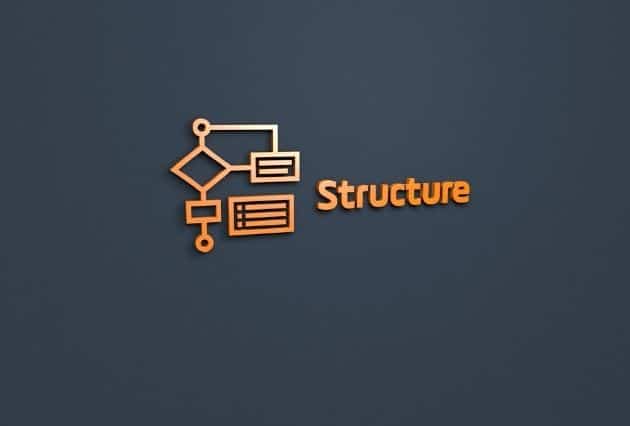What is Capital Structure?
When a business wants to grow it will need capital to drive its expansion. These funds may come from long-term debt or equity. The mix of debt and equity used to finance the company’s future profitable investment opportunities is referred to as capital structure. A company may choose to look to its owners who have equity to raise the funds, by asking them to forgo their dividend pay-out and instead reinvest their earnings to drive the firm’s operations. By doing so the owners expect that the money put back will enhance the value of the firm and in turn increase the value of their equity.
Therefore, the money put back represent capital from equity. The company earnings may however not be enough to support the objectives. The company is then faced with a decision, either abandon the plan or raise more capital. Three options present themselves either borrow which means incurring debt or sell more company shares (i.e. equity) or both. So, the capital structure can be a mix of debt, internally generated equity or new equity.
Patterns of Capital Structure
When a company is analyzing what capital structure to adopt it can opt for
- Capital structure with equity shares only
- Capital structure with equity and preference shares
- Capital structure with equity shares and debentures
- Capital structure with equity, preference shares and debentures
What is The Ideal Capital Structure Mix?
This is a question a company finance manager will have to determine for the organization. If a firm decides to take on debt to raise capital, they will have a legal obligation to pay back the money borrowed as agreed with interest. If they don’t creditors may take legal actions. So, whether a company makes profit or losses they have to pay. On the other hand, with equity financing, you decide the course of action whatever the outcome.
If profits are made the company may pay out divided to the owners but they are no legal requirement to do so. Taking on too much debt could lead to failure to pay creditors which may lead to financial distress, where you will have to make difficult decisions under pressure to satisfy your legal obligations to creditors. If you decide to take on debt you can determine how much to borrow by using the debt ratio, which is the ratio of debt to equity.
The higher the debt ratio the greater the use of debt for financing operations vis-a-vis equity financing. Depending on your company and the industry you operate in a financial manager has to determine what level of debt is good for your capital structure. There is a tendency for organizations is some industries such as air transport, auto and trucks to use more debt than those in other industries.
Factors Affecting Capital Structure
- Size of Company-Small companies may have to rely on the founder’s money but as they grow they will be eligible for long-term financing because larger companies are considered less risky by investors.
- Nature of Business -If your business is a monopoly you can go for debentures because your sales can give you adequate profits to pay your debts easily or pay dividends.
- The Regularity of Earnings-A firm with large and stable incomes may incur more debt in its capital structure, unlike the one that is unstable.
- Conditions of the Money Markets–Capital markets are always changing. You don’t want to issues company shares during a bear market, you do it when there is a bull run.
- Government policy– This is important to consider. A change in lending policy may increase your cost of borrowing.
- Cost of Floating– The cost of floating equity is much higher than that of floating debt. This may influence the finance manager to take debt financing the cheaper option.
- Debt -Equity Ratio– As stated debt is a liability whose interest has to be paid irrespective of earnings. Equity, on the other hand, is shareholders money and payment depend on profits being paid. High debt in the capital structure is risky and may be a problem in adverse times. However, debt is cheaper than issuing shares. Debt interest has some tax deductions that is not the case for dividends paid to equity holders.
To come up with the best capital structure the finance manager must understand the four major theories of capital structures for organizations. The four are
- Net Income approach
- Net Operating Income (NOI) approach
- Modigliani -Miller Approach
- Traditional Theory approach
Features of A Good Capital Structure
- Profitability-it should ensure most profits are earned. It should offer the least cost of financing with maximum returns
- Solvency-the structure should not lead the company to a point it risks being insolvent. Too much debt threatens a company’s solvency so any debt taken should be manageable
- Flexibility-should things change the capital structure should be one that can be easily maneuvered to meet new market demands
- Control– the structure should not give away control of the company. So, caution should be taken not to give too much away that owners lose their controlling stake.
Conclusion
How a company chooses to raise its capital is entirely up to the finance managers or persons tasked with that decision. But most prefer doing so internally and if that is not enough look externally starting from the safe to the riskier options. Though we cannot give the best capital structure you must consider are taxes, business risks, asset types, issuance cost, and investor attitude to security issuance when coming up with your structure.






